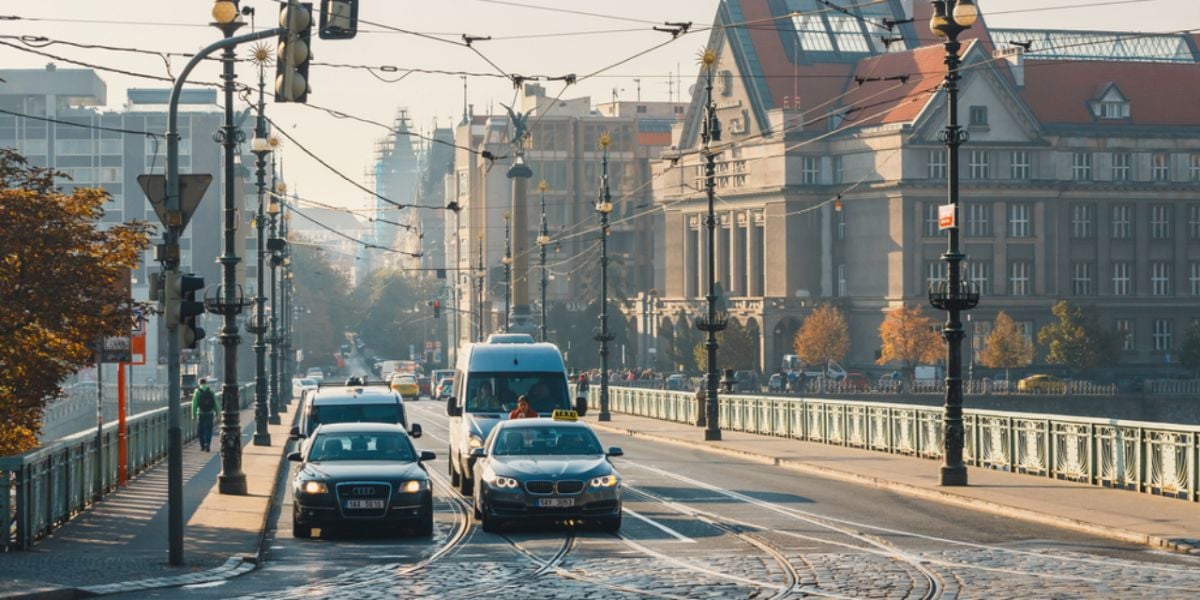
If you are moving to the Czech Republic, especially if you are making a long stay in the country, you will probably want to drive. As a foreign national, it is best to enquire on relating conditions beforehand as these may vary according to your country of origin.
For instance, nationals of the European Union and the European Economic Area are allowed to drive in the Czech Republic with their original driver's license. Others may have to apply for an international license prior to arriving in the country or exchange their driver's license into a local one on the spot.
Conditions
As mentioned above, you are allowed to use your original driver's license if it has been issued in the European Union or in the European Economic Area till it remains valid and unless you have committed a serious offence. If necessary, Czech authorities may replace your original driver's license with a local one. They may even suspend or revoke your driver's license if need be.
Exchanging your driver's license
To exchange your original driver's license for a local one, you are required to produce a Statement of Restricted Information or any equivalent document supporting the validity of your driver's license. Note that this document has to be translated into Czech. You will also have to produce the following to the nearest Transports Department (Dopravní Inspektoráty) to your place of residence:
- your original driver's license
- a statement of loss or theft if applicable
- a passport-size identity photo
- your resident card
- your passport or identity card.
If you wish to receive your new driver's license within three weeks, fees of CZK 50 will apply. To receive your driver's license within 5 days, you will pay around CZK 500.
Obtain a local driver's license
You are eligible to a Czech driver's license provided you are in possession of a resident card. Note that you will have to undergo a medical test with an approved doctor before registering at the driving school.
Good to know:
Both theoretical and practical lessons are available in English.
To pass the theoretical test, you will have to answer 25 questions. The number of marks given varies according to the different questions. To pass, you have to score at least 43/50. Thereafter, you will have to take driving lessons before passing the driving test. Documents to be produced are the following:
- your passport or identity card
- proof of residence
- your lease documents (issued less than 6 months before and written in Czech)
- your employment contract (written in Czech)
- proof of family ties or cohabitation.
Note that procedures can be quite complicated if you live alone. Feel free to seek all relating information at the nearest municipality to your place of residence.
Vignette
You should know that a toll system is applied to highways. Therefore, the car vignette is compulsory. It can be purchased at border posts, garages, gas stations and post offices. For a 1 year vignette, you will need around CZK 1,000. Note that fines of up to CZK 5,000 apply in case your vehicle does not display a vignette. The vignette sticker must be placed in the bottom right corner on your windscreen and is valid for only one vehicle.
Driving rules and regulations
The Czech highway code is quite similar to that of the rest of Europe. In general:
- you will drive on the right side
- wearing the seat belt is compulsory both in the front and rear
- your vehicle's headlights have to be switched on both during the day and at night.
Note that the country has a strict zero tolerance policy for drunk driving. In fact, the allowed blood alcohol level while driving is zero and random road checks are quite common. If you are stopped by road police while driving under the influence, you will either be required to pay a hefty fine or taken to the police station.
Speed limits
Speed is limited as follows in the Czech Republic:
- 50 km/h in city-centers
- 90 km/h on national roads
- 130 km/h on highways.
Road infrastructure
There are three types of roads in the Czech Republic. These can be distinguished on roadmaps by letters:
- D ' highways
- R ' fast lanes
- S ' national roads.
There are six highways across the country, namely D1, D2, D3, D5, D8 and D11.
National roads, for their part, are classified into different categories, for instance, long-distance transports, international transports, fast lanes, inter-district transports, inter-community transports, local transports and private roads.
In general, you are likely to come across traffic jam in city-centres and on highways. County roads, on the other hand, are usually less crowded. In all cases, the country has a developed road infrastructure.
When driving in winter, your car must be equipped with winter tires on all wheels (the 'official' winter period in the country lasts from November 1 to March 31).
Good to know:
Because of heavy snowfalls during winter and the specifics of road conditions, driving in the country can, at times, be not particularly safe. It is, thus, advised to follow the traffic rules, not exceed the speed limits and be especially careful during winter months.
Useful link:
Transports Department
We do our best to provide accurate and up to date information. However, if you have noticed any inaccuracies in this article, please let us know in the comments section below.








